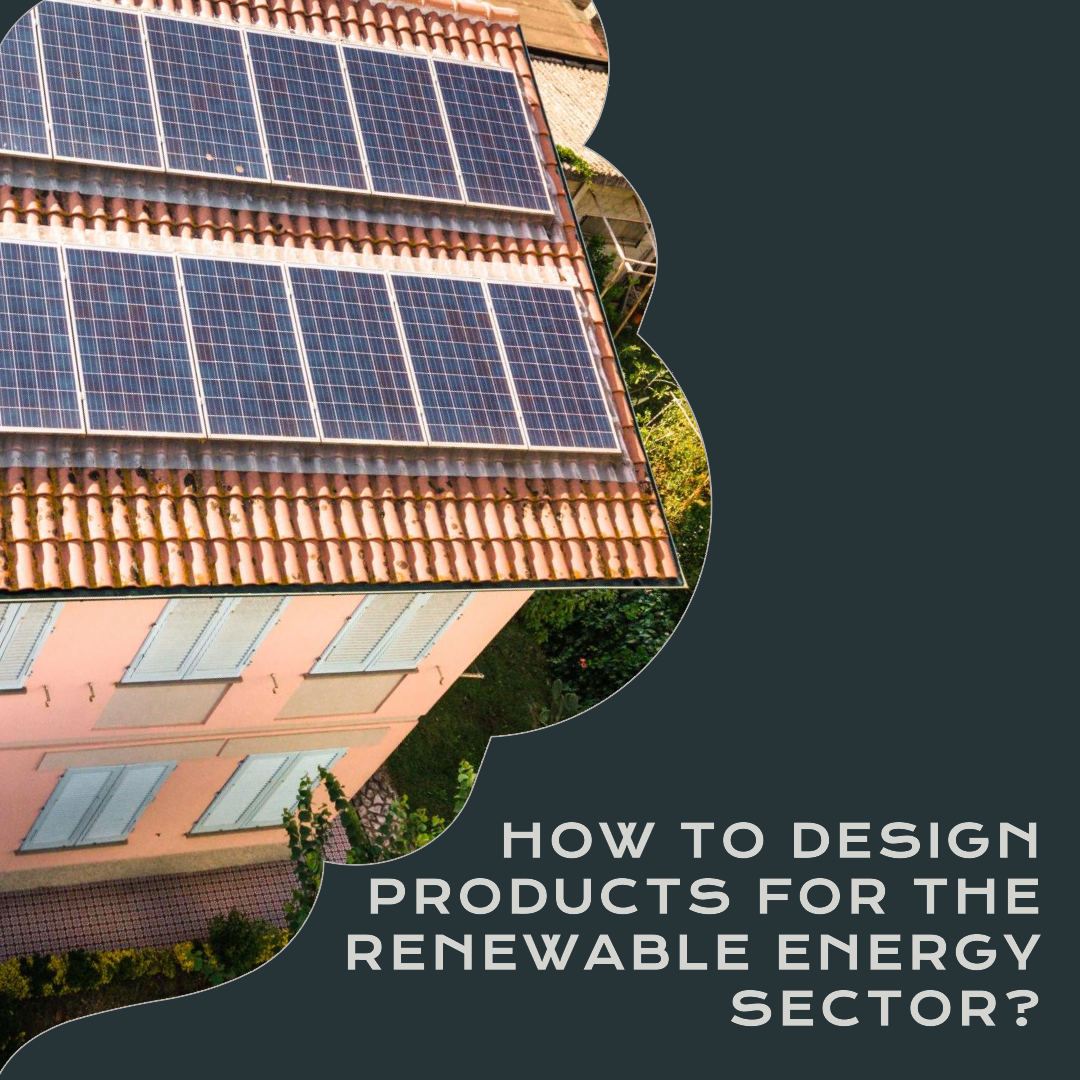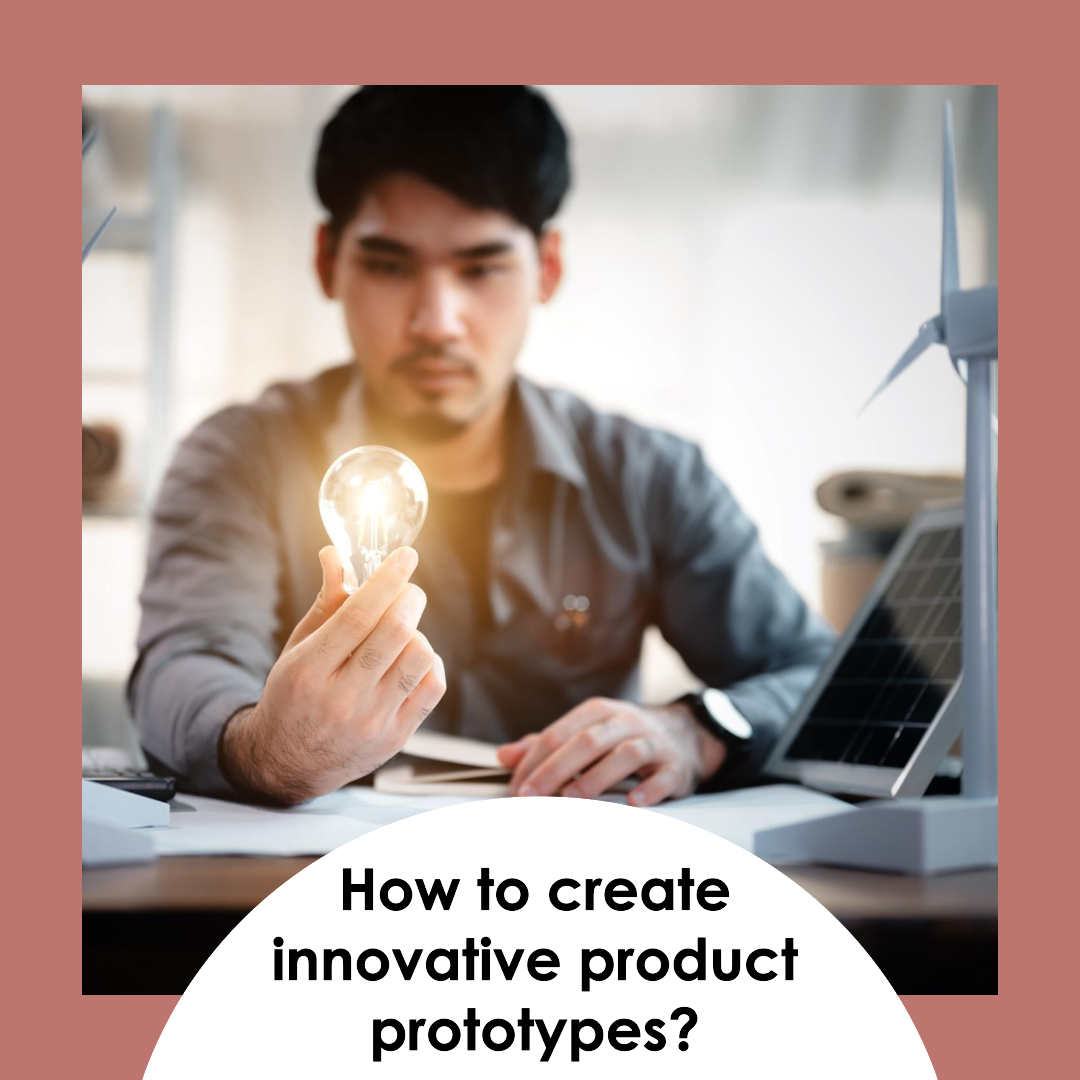How to design products for the renewable energy sector?
The renewable energy sector is one of the fastest-growing industries in the world. As we transition to a more sustainable future, there is a growing demand for innovative products that can help us generate and use renewable energy more efficiently.
Designing products for the renewable energy sector requires a deep understanding of the unique challenges and opportunities of this industry. Renewable energy products must be durable, efficient, and affordable. They must also be able to withstand a variety of environmental conditions.
In this blog article, we will explore the key principles of product design for the renewable energy sector. We will also discuss some of the best practices for designing products for different types of renewable energy technologies.
Key principles of product design for the renewable energy sector
Here are some of the key principles of product design for the renewable energy sector:
- Focus on efficiency and performance. Renewable energy products must be efficient at generating and using renewable energy. This means using high-quality materials and components, and designing products that minimize energy losses.
- Design for durability and reliability. Renewable energy products are often exposed to harsh environmental conditions. It is important to design products that are durable and reliable, and that can withstand the elements.
- Make the product easy to install and maintain. Renewable energy products should be easy to install and maintain. This will make them more appealing to customers and reduce the cost of ownership.
- Consider the cost of the product. Renewable energy products need to be affordable in order to be widely adopted. When designing a product, it is important to consider the cost of materials, manufacturing, and installation.
- Design for the specific needs of the renewable energy technology. Different types of renewable energy technologies have different needs. For example, solar panels need to be mounted in a way that maximizes their exposure to sunlight. Wind turbines need to be placed in locations with strong winds. When designing a product for the renewable energy sector, it is important to consider the specific needs of the renewable energy technology that it will be used with.
Best practices for designing products for different types of renewable energy technologies
Here are some best practices for designing products for different types of renewable energy technologies:
- Solar energy: Solar energy products should be designed to maximize their exposure to sunlight. This can be done by designing products that are lightweight and easy to mount. Solar energy products should also be designed to withstand the elements, such as rain, snow, and hail.
- Wind energy: Wind energy products should be designed to withstand high winds. This can be done by using sturdy materials and designing products with a low center of gravity. Wind energy products should also be designed to be easy to install and maintain.
- Hydroelectric energy: Hydroelectric energy products should be designed to withstand water pressure and corrosion. This can be done by using high-quality materials and coatings. Hydroelectric energy products should also be designed to be efficient at generating electricity.
- Geothermal energy: Geothermal energy products should be designed to withstand high temperatures and pressures. This can be done by using specialized materials and components. Geothermal energy products should also be designed to be efficient at extracting heat from the ground.
- Bioenergy: Bioenergy products should be designed to be efficient at converting biomass into energy. This can be done by using specialized equipment and processes. Bioenergy products should also be designed to be environmentally friendly and sustainable.
Product design process for the renewable energy sector
The product design process for the renewable energy sector is similar to the product design process for other industries. However, there are a few unique considerations that need to be taken into account.
- Identify your target audience. Who are you designing this product for? Are you designing for homeowners, businesses, or utilities?
- Research the renewable energy market. What are the latest trends in the renewable energy market? What products are already available? What needs are not being met?
- Define the product concept. What is the core value proposition of your product? What makes it unique and valuable to renewable energy customers?
- Create a prototype. This is a working model of your product that you can use to test and refine your ideas.
- Test the prototype with renewable energy customers. Get feedback from renewable energy customers on the prototype and make necessary changes.
- Finalize the product design and begin manufacturing. Once you are satisfied with the product design, you can begin manufacturing your product.
Conclusion
Designing products for the renewable energy sector is a challenging but rewarding task. By following the key principles and best practices discussed in this blog article, you can create products that help us generate and use renewable energy more efficiently. This will contribute to a more sustainable future for all.








